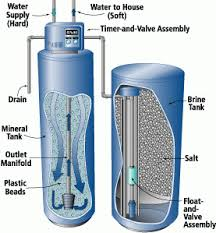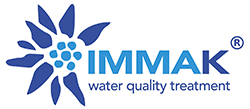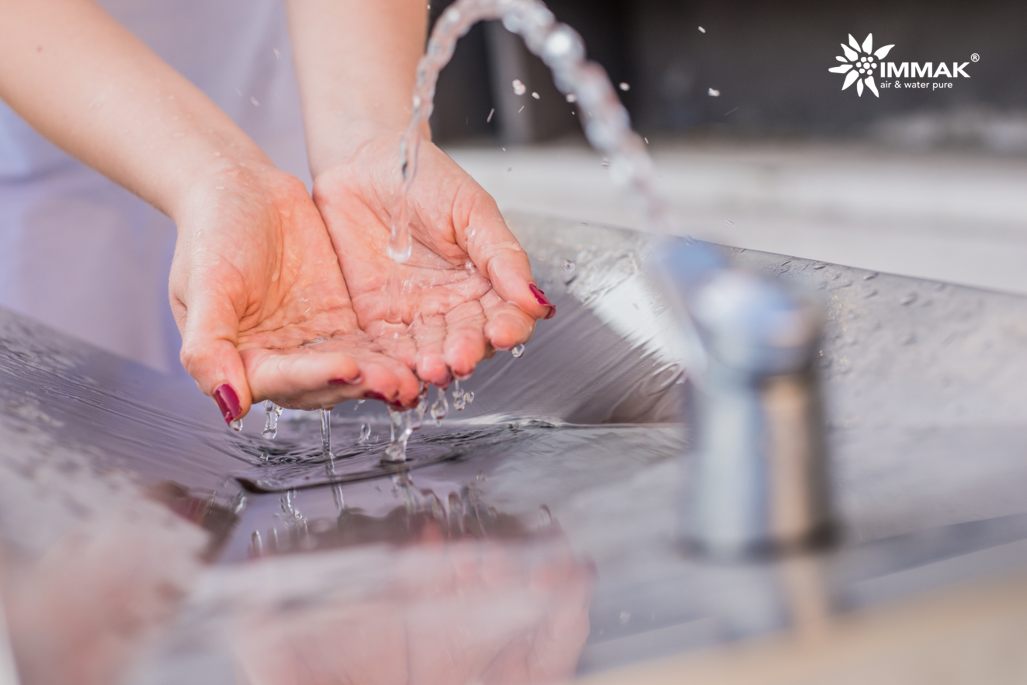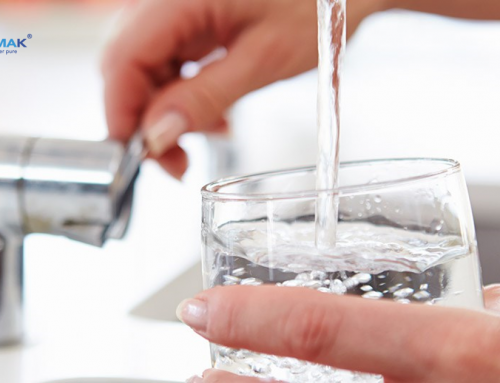
Let’s start with a list of the advantages that result from the water softening, irrespective of the method: hard water not only shortens life of white laundry by making it premature to ingrate, but it also brings large amounts of calcium carbonate and magnesium in pipes and coils of important appliances, such as water heater, washing machines and dishwashers.
With softened water, any type of washing (clothing, dishes or even your own hair) will be quicker, easier and more effective and it will be enough to use a smaller amount of detergents, to the benefit of the environment. We will avoid using large quantities of detergent also to clean the surfaces of bathroom and kitchen and the faucets on which those annoying white limestone spots are formed. The skin will be softer and less irritated; we will reduce the cost of home hydraulic maintenance, we will have more efficient and economical home appliances (with a significantly lower energy bill) and less wear-resistant, so with a longer life.
Then we can say that salt water softeners work in this way: water crosses a container full of resins that hold calcium and magnesium molecules, making water free from limestone. To regenerate these resins, a saline solution is required: therefore, a salt bag must be occasionally added to the tank. The softeners are able to remove also iron and manganese ions and greatly reduce the hardness of the water through a chemical alteration process: calcium ions, able to aggregate with magnesium, are replaced by sodium ions (which can not be combined with magnesium). In this way water is more “sweet” to use, the limestone and its encrustations will be only a faraway reminder …
For more information www.immak.it





